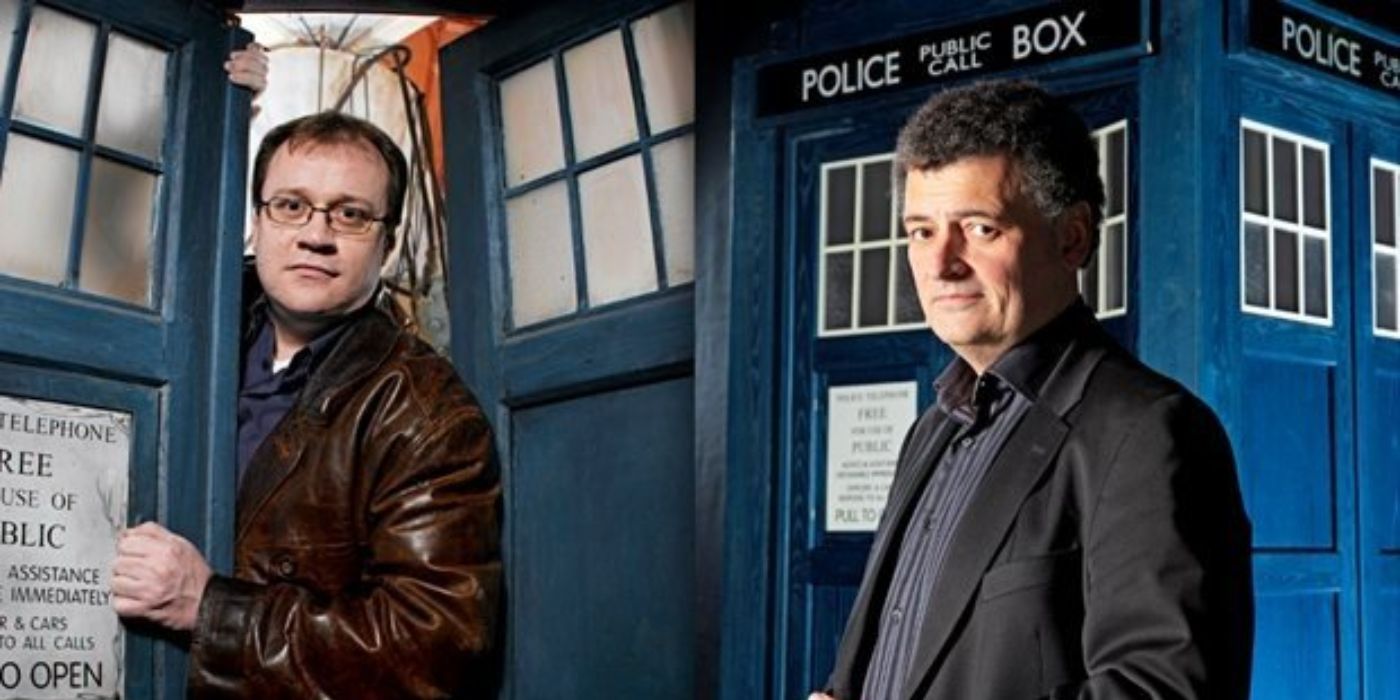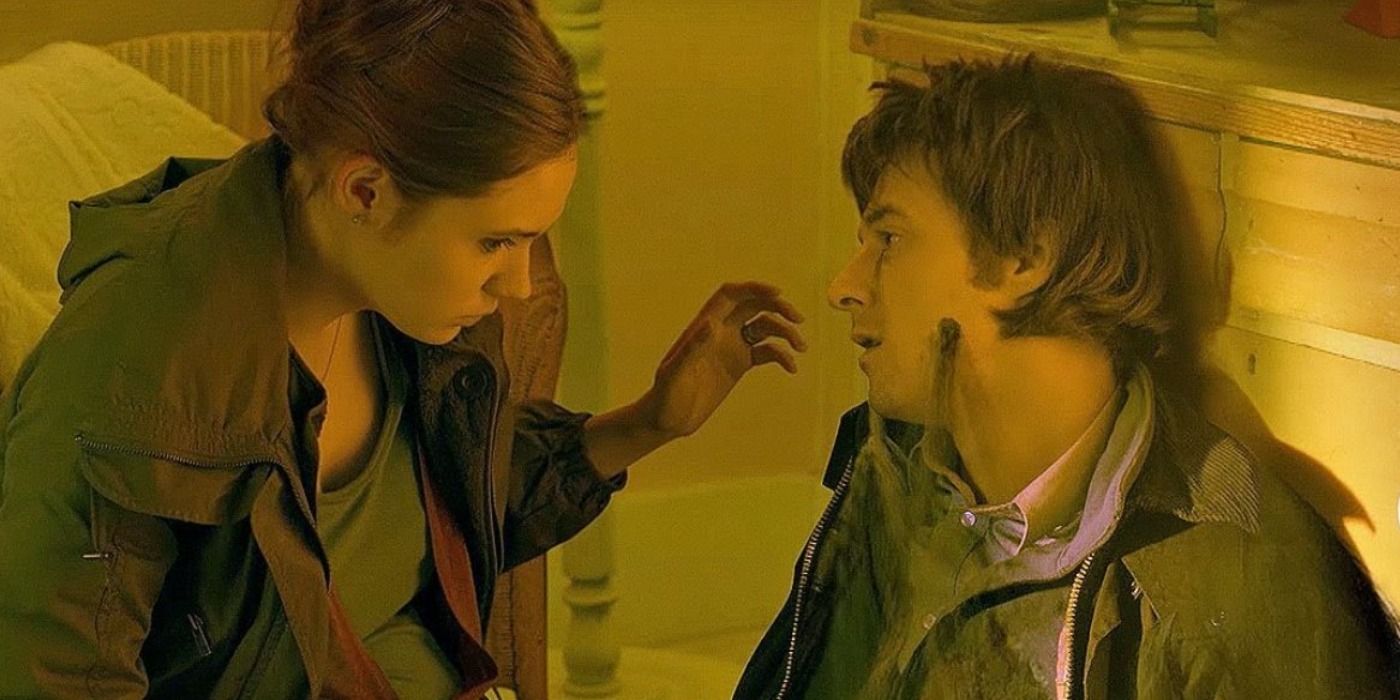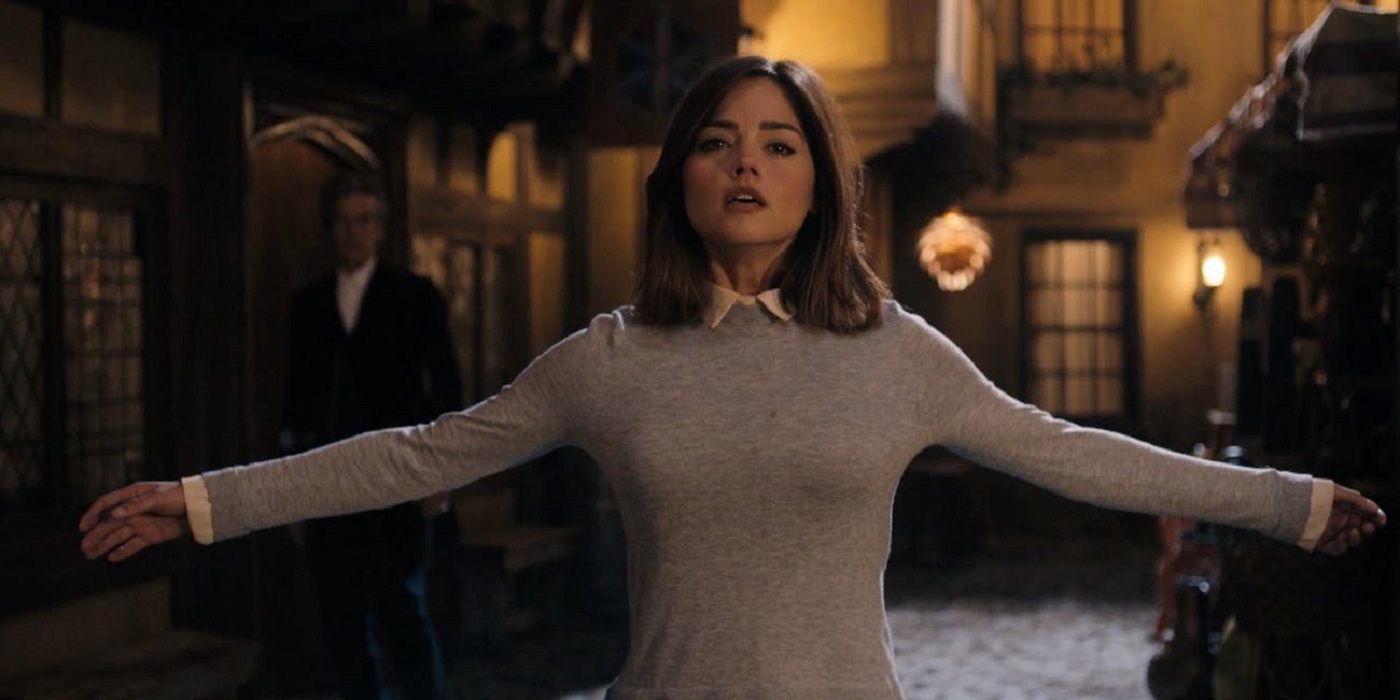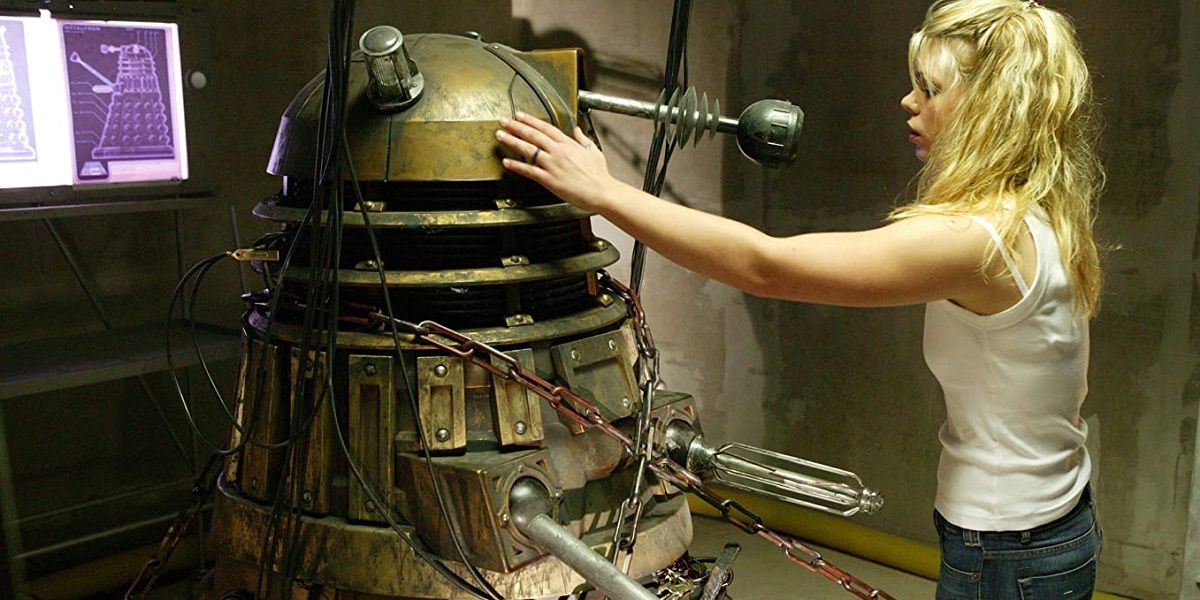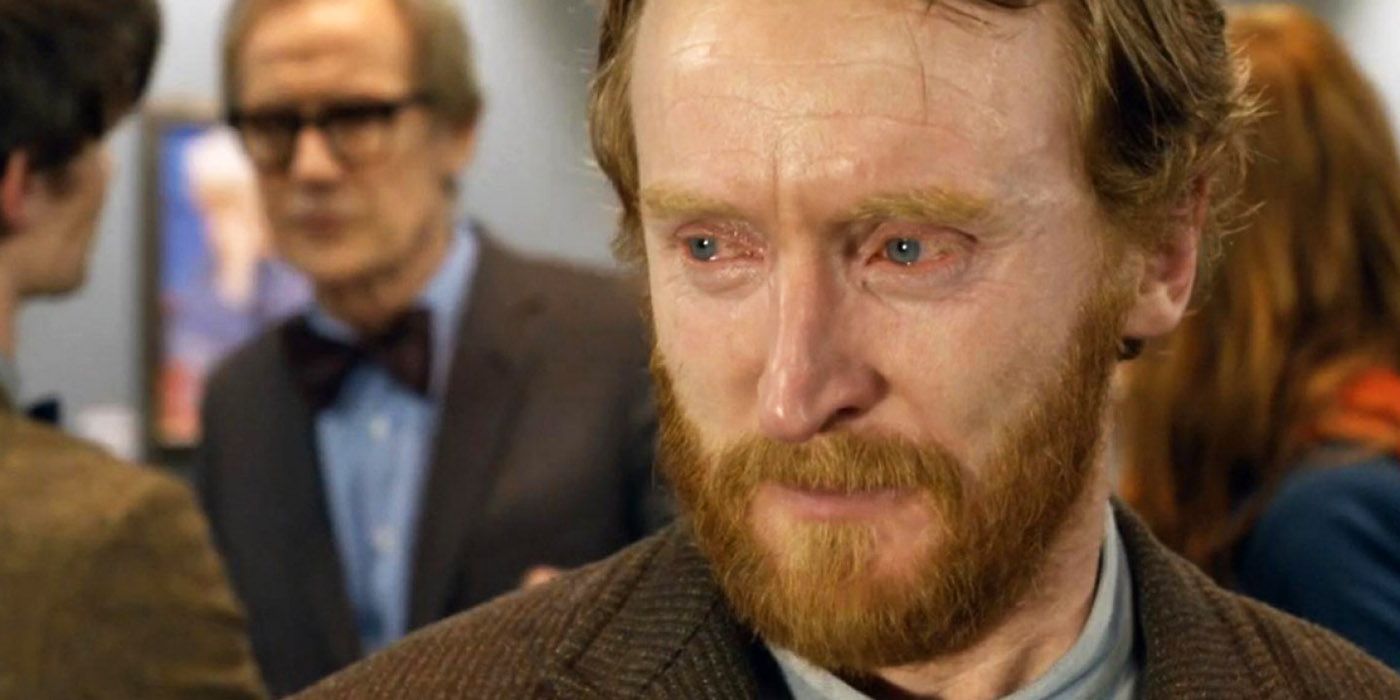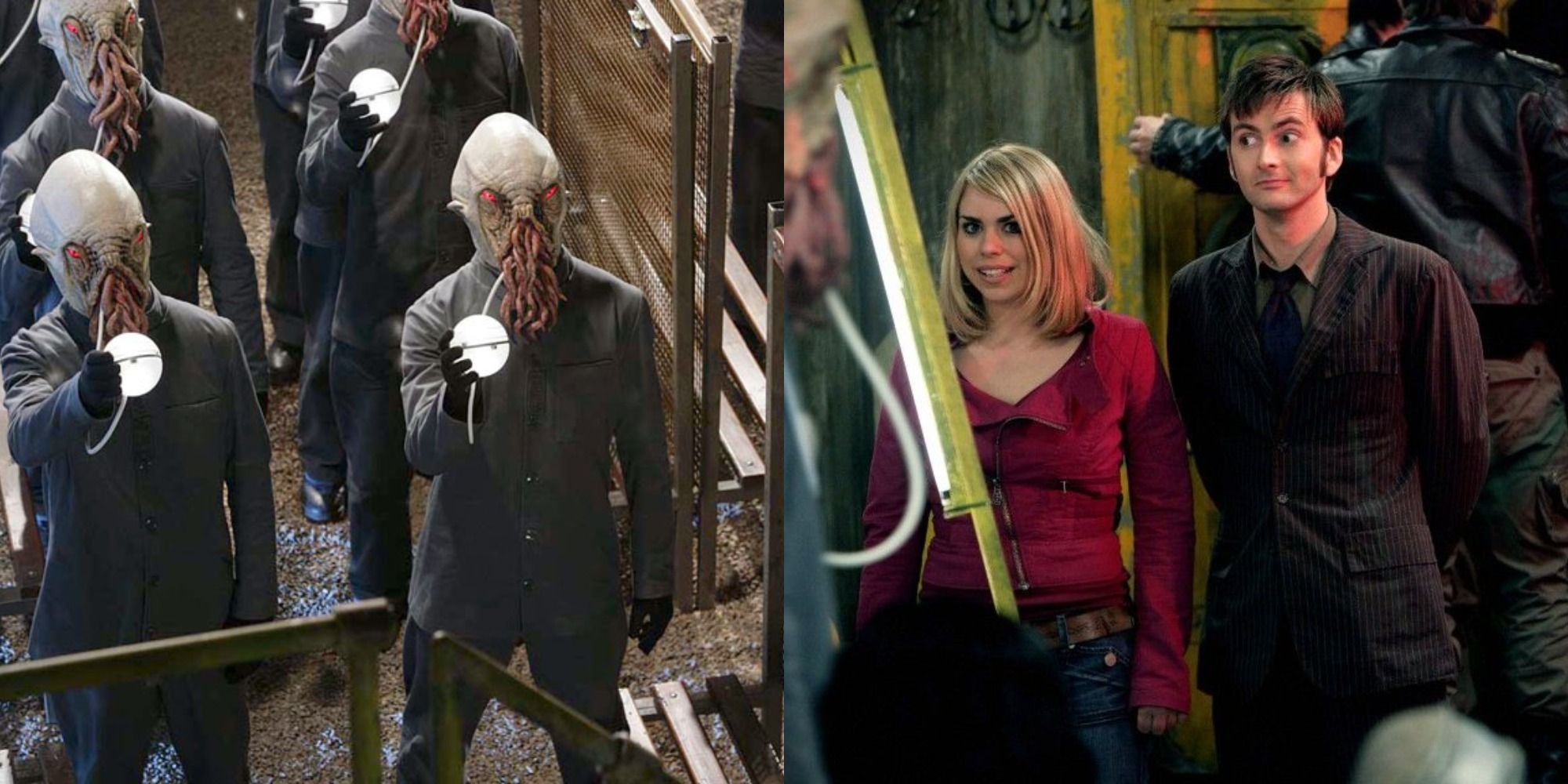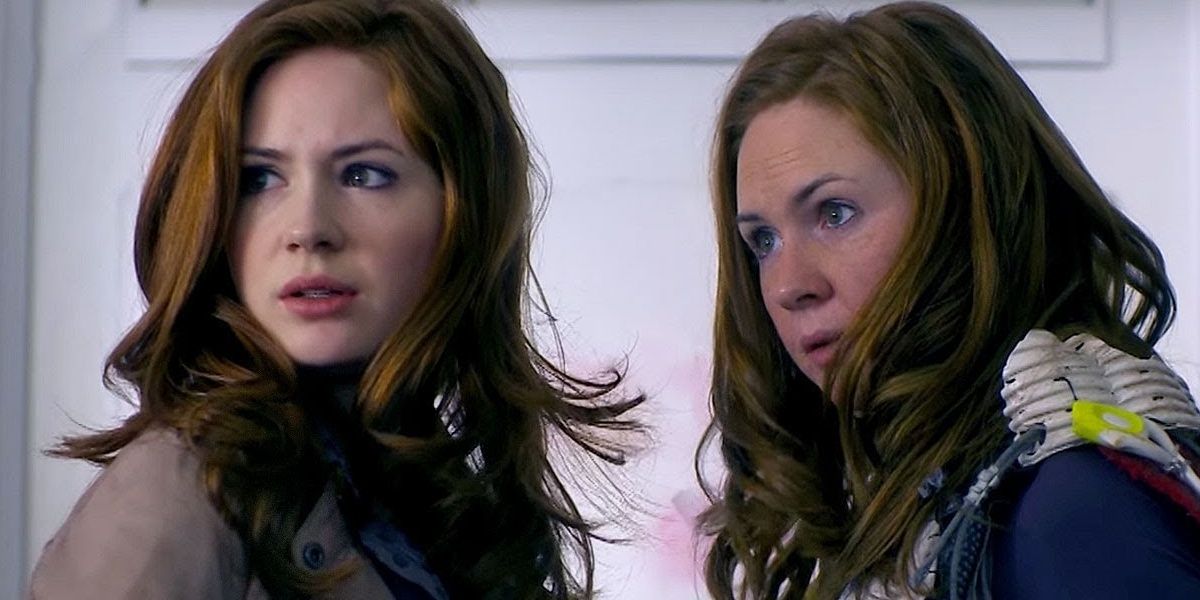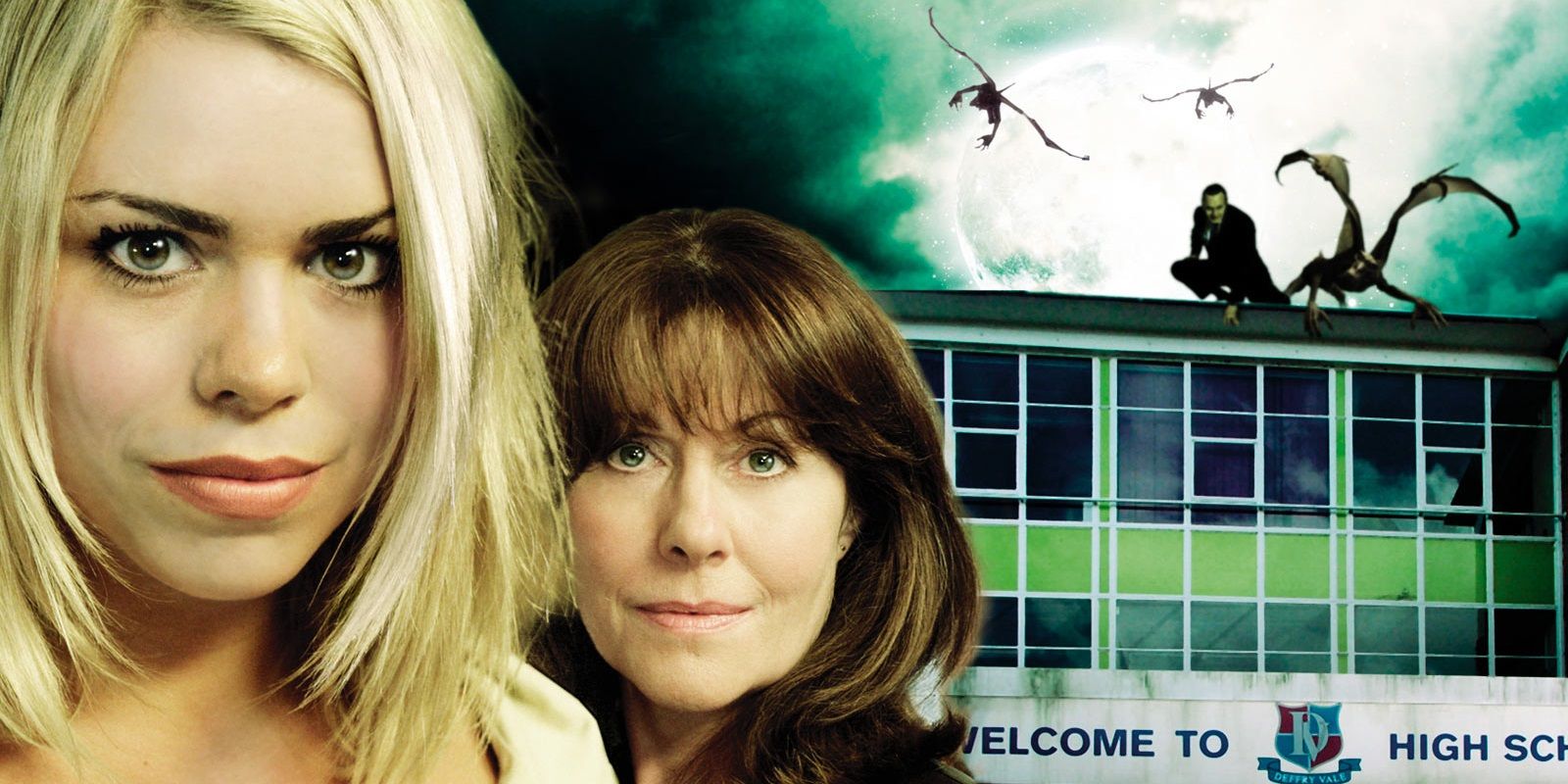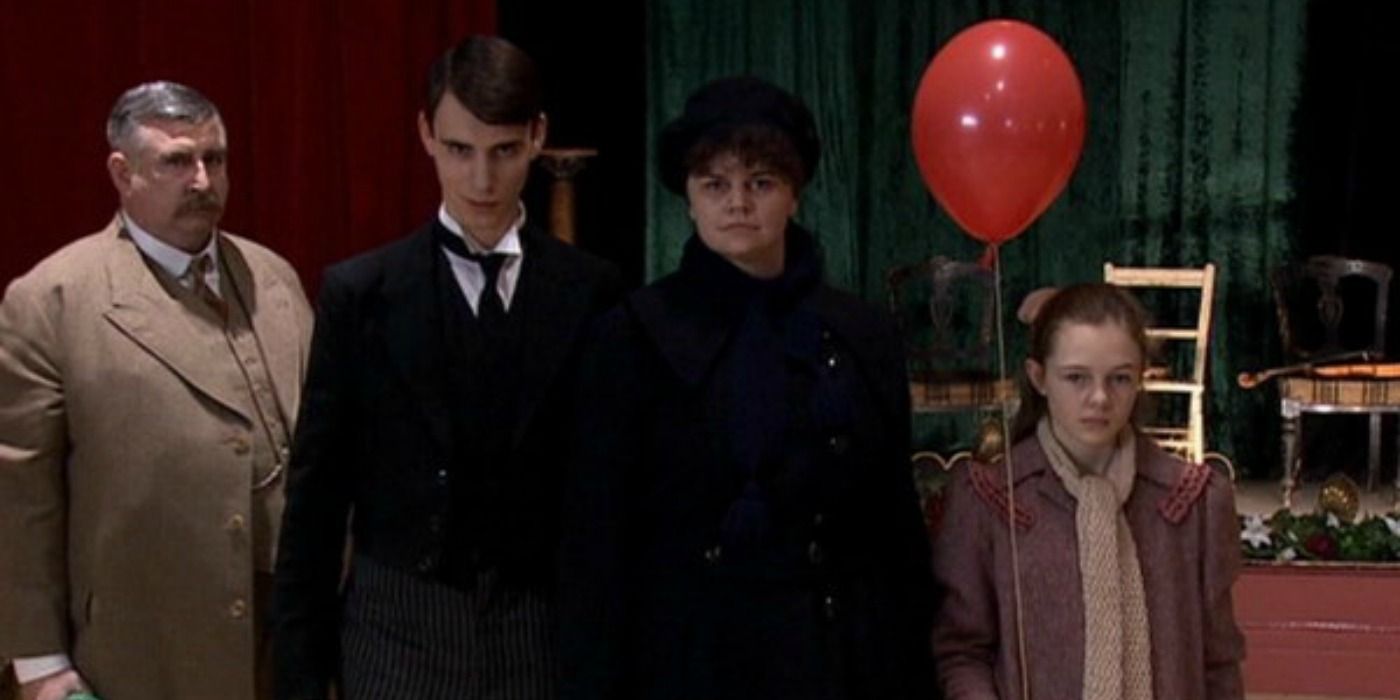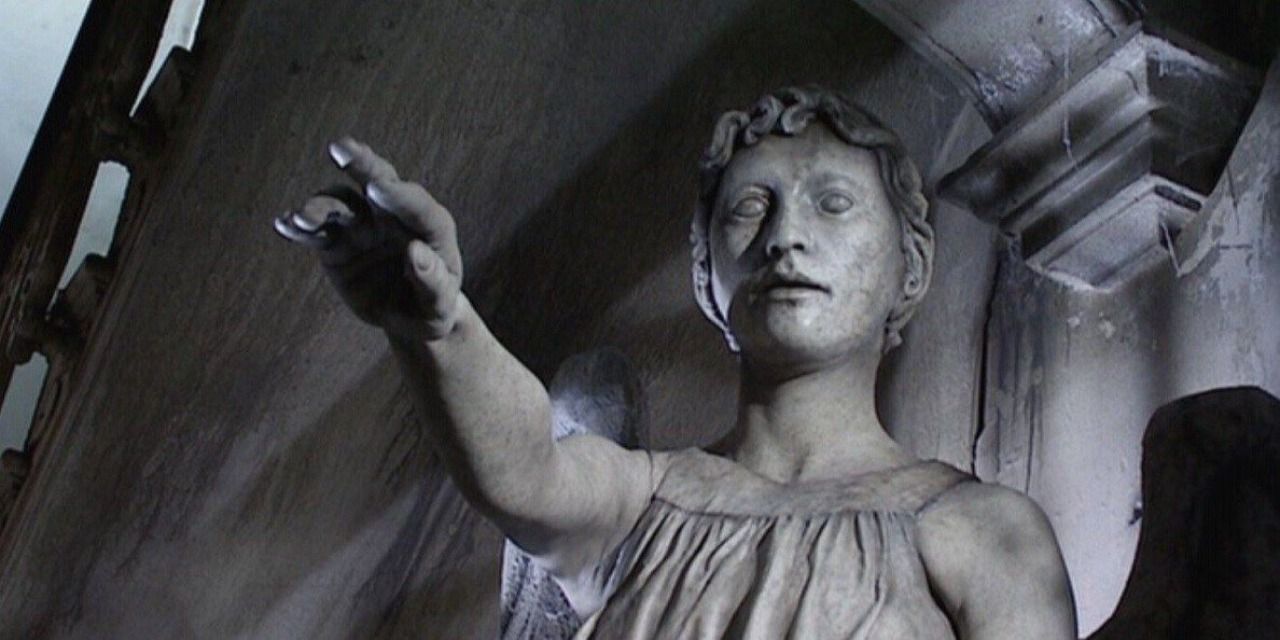Since its return in 2005, Doctor Who has had three different showrunners who have all written a number of stories for the show. Along with the showrunners, many other writers have also contributed to the show since its revival.
New Who has produced many iconic Doctor Who stories such as Blink, Turn Left, and Vincent and The Doctor. While some of the best writers on the show have contributed multiple stories across multiple seasons, some have only written one story with fans highly anticipating their possible returns.
Simon Nye
Nye has written for Doctor Who just once with Amy's Choice in season 5. That being said, the episode expertly explores the characters of Amy and the Eleventh Doctor. Up until this point, Amy's loyalty to Rory was somewhat questionable; however, her sacrifice in this episode marks a turning point in their relationship and shows how much she truly loves him.
The Dream Lord is also an excellent one-time villain that many fans are hoping returns to the show one day. The twist that The Dream Lord is actually part of The Doctor is expertly paid off and provides a solid ending to this character-based episode.
Sarah Dollard
When the time came for divisive companion, Clara, to leave the TARDIS, the responsibility fell on new writer Dollard to pen her exit. Although the departure is sadly tweaked a few episodes later, Clara's death in Face the Raven is both brutal and fitting for the character. She spends so much time trying to be like The Doctor only for it to finally backfire and lead to her death.
Dollard also wrote Bill Potts' first adventure into the past with Thin Ice. Despite some of its heavy themes, this episode is much lighter than her previous one which shows her versatility as a writer.
Robert Shearman
Shearman may have only written one episode of the show but he is still highly regarded within the fandom. His season one episode, Dalek perfectly reintroduces one of the best Doctor Who monsters of all time.
Although the episode introduces new viewers to the feared Daleks, it also allows Classic fans to see a new side of them. After absorbing some of Rose's humanity, the Dalek begins to question itself and in the end, is forced to self-destruct. The episode is a perfect showcase of the Daleks and how brutal they can be which is one of the main reasons many fans are still holding out for Shearman to return to the show.
Richard Curtis
Season 12's Can You Hear Me? isn't the first time Doctor Who has tackled the issue of mental health. In season 5, Curtis' Vincent and the Doctor is an emotional and heartbreaking episode that focuses almost entirely on this theme.
The invisible monster which stalks the famous painter in the episode acts as a haunting metaphor for depression. The scene where Van Gogh is able to see his work on display in the future is one of the most powerful in the show's history. Although Curtis hasn't written for the show again, this episode is so well regarded that he can still be considered one of the best writers from Doctor Who.
Matt Jones
Jones also has only penned one Doctor Who story, 'The Impossible Planet/The Satan Pit' from season 2. The episodes are atmospheric, fast-paced, and ruthless. This story also introduces one of the most recurring monsters in New Who: the Ood.
Despite being set on a space station orbiting a black hole, the story delves into themes of religion and slavery and in many ways, the episodes feel like a sci-fi horror movie. Another interesting aspect of the story is the TARDIS becoming lost and Rose and The Doctor questioning what they'll do next. The idea of Rose being lost and never able to return home is a terrifying prospect that surprisingly is rarely explored on the show.
Tom MacRae
MacRae's first story reintroduces the classic villains, The Cybermen, and sets up the parallel universe which later leads to one of the most heartbreaking separations in Doctor Who. That being said, it is his season six episode The Girl Who Waited which secures his place as a fan-favorite writer.
The episode explores the idea of different time streams and shows how bitter a companion may become when they are left behind - which has actually happened in previous stories but has never been fully explored. What makes this story so fascinating though is its exploration of Amy and Rory's relationship especially with the choice he is forced to make at the end of the episode. The Doctor forcing Rory to make the choice also shows a much darker side to the titular character than the viewer is used to.
Toby Whithouse
Whithouse made his debut back in season 2 and has gone on to write many stories for the show. Although not all of his stories have been well received, some of his most memorable work on the show includes School Reunion, The God Complex, and the lake two-parter from season 9. His first episode on the show reintroduces classic companions Sarah Jane and K-9 and includes one of the rare moments when two companions come face to face.
Following this episode, Sarah Jane went on to get her own spin-off and became a huge part of The Tenth doctor's era. Some of Whitehouse's other episodes also look at the more psychological aspects of Doctor Who and the titular character.
Paul Cornell
Cornell also debuted in the first season of the show with the emotional episode, Father's Day. This episode is a perfect character study of Rose and also explores the relationship between The Doctor and companion as well as the dangers of time travel in a way that is rarely seen.
Cornell is also responsible for one of the best two-part Doctor Who stories, Human Nature/The Family of Blood from season 3. Just like with his previous episode, this story explores the relationship between The Doctor and his companion; The Doctor becomes human in order to hide from The Family of Blood and as a result, Martha is forced to take care of him. Connell shows that he perfectly understands the relationship between The Doctor and his companion and is great at pushing their relationship to its limits.
Steven Moffat
Moffat's first story on the show is the chilling gas mask zombie two-parter from season one but he did go on to become Russell T. Davies' successor as showrunner. During Davies' time as showrunner, Moffat wrote some of the scariest episodes from the show including Blink and the Library two-parter.
Although some of his story arcs as showrunner were convoluted and slightly hard to follow, Moffat is one of the best writers in the show's history. His exploration of timelines with characters like River Song and Amy Pond gives a unique feel to his time at the helm. Moffat also created the iconic Weeping Angels who rival Classic villains such as the Daleks and Cybermen in threat and memorability.
Russell T. Davies
When the show returned in 2005, Davies was the original showrunner and wrote the very first episode of the revival, Rose. This episode provides a perfect jumping-on point for new viewers with the introduction of a new Doctor, new TARDIS, and new companion. However, the episode also appeals to Classic fans by using old-school villains, The Autons.
Throughout his time on the show, Davies was responsible for many iconic stories such as fun season openers, dark and psychological episodes like Midnight, and epic season finales. He was also created many beloved characters such as Rose Tyler and Donna Noble and he is arguably the best showrunner of Doctor Who which makes his upcoming return all the more exciting.

